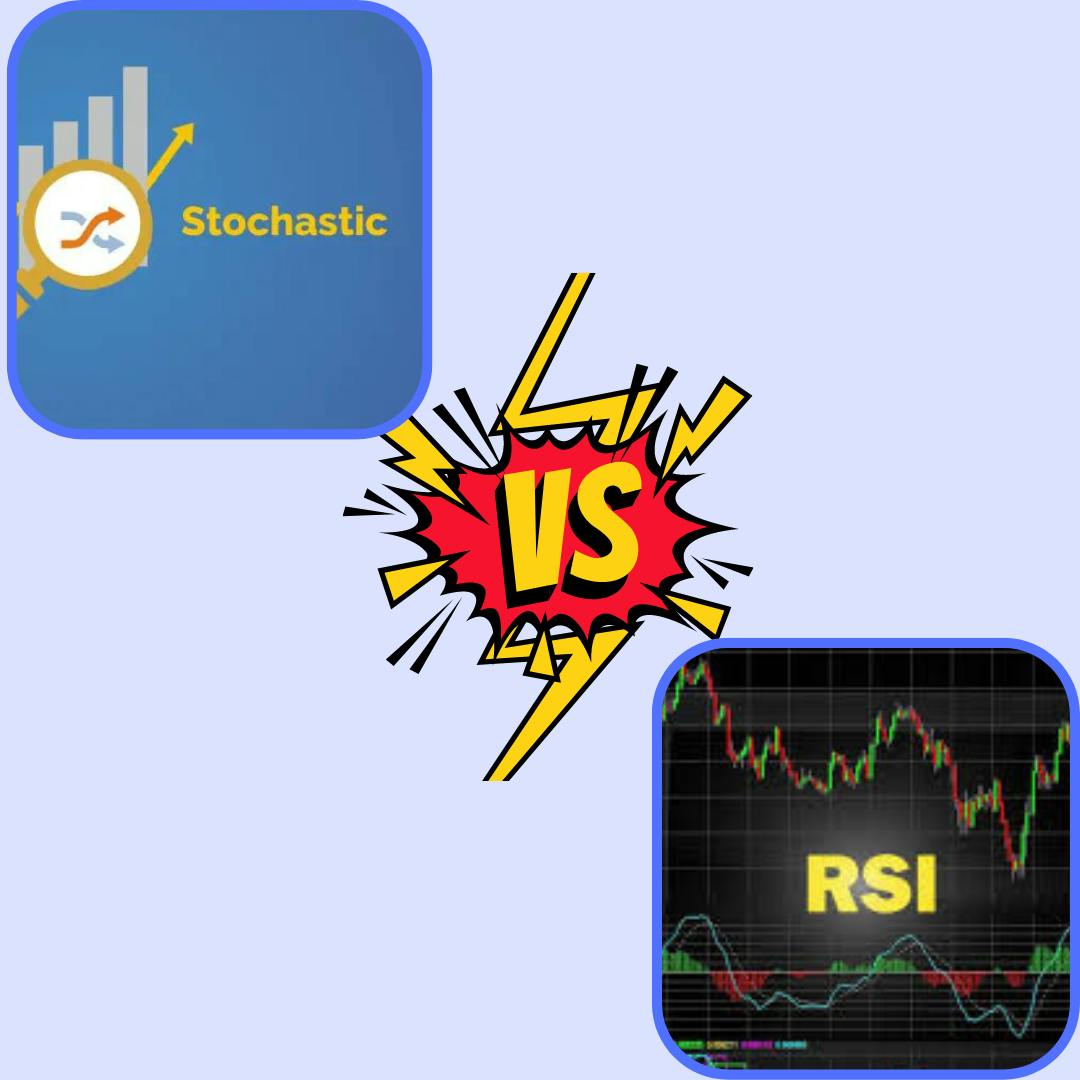What is the Relative Strength Index (RSI)?
The RSI is a technical indicator used to evaluate price velocity in technical analysis. Its values are determined by dividing the total number of positive changes over a given time period by the total number of negative changes. Its values are determined by dividing the total number of positive changes over a certain time period by the total number of negative changes. This suggests that when price volatility increases, so do RSI levels.
RSI values range from 0 to 100 as a result of its design. Overbought conditions are indicated by values greater than 75, while oversold conditions are indicated by values less than 25. Higher RSI values (55-75) imply a positive trend. Lower readings (between 25 and 45) suggest a decreasing tendency.
What is the stochastic RSI oscillator?
In technical analysis, the Stochastic RSI oscillator is a frequent oscillator. It's a range-bound oscillator that can help you determine price momentum. The stochastic RSI is also quite good at detecting overbought or oversold levels, which imply decreasing or rising momentum, respectively.
George Lane devised a technique that allowed him to compare the end-of-day prices to a range of prices over a specified time period. The Stochastic RSI displays values from 0 to 100. Values greater than 80 suggest that the market has become overbought. Values fewer than 20 imply an oversold market.
The stochastic RSI charts consist of two lines. One of these gives you actual oscillator measurements for a certain session. The other provides the three-day simple moving average. Lane believed that prices have a natural tendency to close around their highs during uptrends and vice versa.
Because prices are assumed to follow momentum, the crossing of the two charting lines of the stochastic RSI indicates a major shift in momentum. As a result, the crossing suggests that the current market trend is about to change.
RSI Stochastic vs. RSI

Although the Stochastic RSI and Relative Strength Index appear to be identical (particularly since they both have RSI in their titles), the two oscillators differ in important ways. Variations exist in both construction and use. The following are the key differences between stochastic RSI and RSI.
The stochastic RSI is based on the premise that prices have a natural propensity to close around their highs during uptrends, and vice versa. The RSI, on the other hand, is based on the premise that prices depart from a mean position before reacting or withdrawing.
The stochastic RSI uses the closing price as well as the highs and lows of the most recent range to calculate values. At the same time, the RSI oscillator generates its values using only the most recent session's closing price.
Despite the fact that the aim of each oscillator is to highlight overbought/oversold market conditions, the results vary. The RSI helps technical traders determine when the price of a company is moving too quickly. Stochastic, on the other hand, assists in determining when a price reaches the top or bottom of a trading range.
Because it detects fast-moving stock prices, the RSI oscillator thrives in trending markets. When the market is flat or chaotic, the Stochastic RSI performs well. That is, in non-trending markets, Stochastic outperforms.
The RSI oscillator outperforms the Stochastic oscillator. The RSI moves quickly between overbought and oversold levels, but the Stochastic moves slowly. This is because Stochastic is an indicator on an indicator. It is a derivative of the RSI, hence it is influenced by the RSI. As a result, it lags much behind prices because it is two stages removed.
The RSI oscillator was designed to track momentum and identify overbought and oversold conditions. In contrast, the stochastic RSI version was designed to be more sensitive and deliver more alerts. This means that the stochastic RSI generates more signals and results in more overbought/oversold conditions.
Which is superior, RSI or stochastic RSI?
The differences in the oscillators do not imply that one is preferable to the other. These are simply structural and application modifications. The stochastic RSI and the RSI are both widely used oscillators. Their allure arises from their usefulness. Both are momentum oscillators that detect overbought or oversold market conditions. They are both skilled at predicting price momentum. In some market conditions, though, both oscillators perform better. In general, RSI outperforms stochastic in trending markets, whereas stochastic outperforms in flat or choppy markets.
